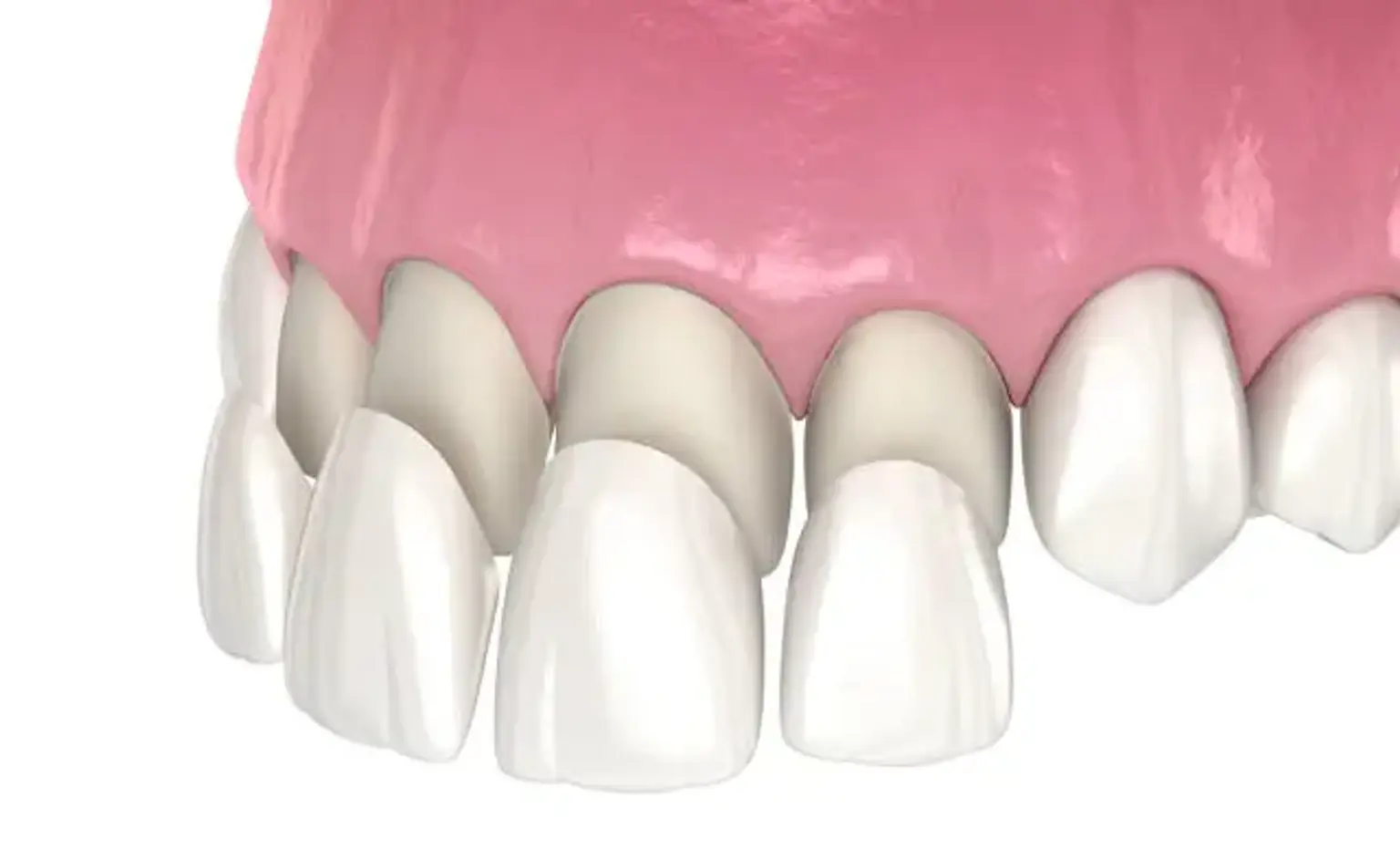Porcelain Veneers
Porcelain veneers are small, tooth-colored shells that cover the teeth' front surfaces or sides to enhance their symmetry and look. They are usually composed of porcelain materials and are attached to your teeth permanently.
Porcelain veneers can be used to correct a variety of cosmetic issues, such as broken, chipped, discolored, or undersized teeth. Before attaching them, the dentist usually takes out some enamel from the tooth so that they fit perfectly.
Although porcelain veneers are of the same color as natural teeth, they can be whitened to brighten and improve the smile.
